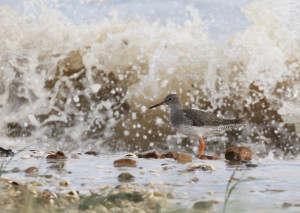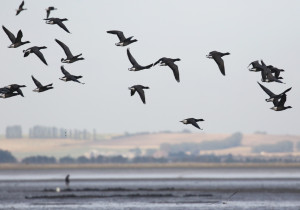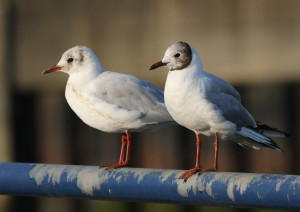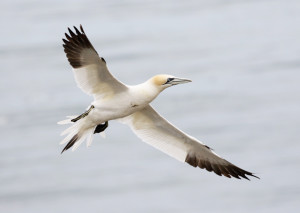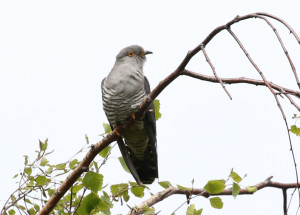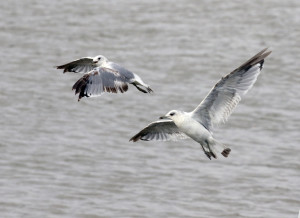One day in October 2021 I made a visit to a local woodland, Farningham Woods, but was distracted before I got there by large numbers of Ring-necked Parakeets feeding on sunflower heads along the entrance road to the woods. The sunflowers were grown as a wildlife boundary crop in a strip a few metres wide but stretching for about half a mile alongside the country lane leading to the woods. Seemingly every sunflower head had its own Ring-necked Parakeet in attendance, plucking the seeds out to enjoy a feast.
When I was birding as a youngster Ring-necked Parakeets were seldom seen in the area I grew up in near Dartford, Kent. Instead if I wanted to see them I had to make a short journey into the London borough of Bexley where there were colonies that never seemed to spread. However, in the late 1990s they started to spread into our area of Kent and now they are a common sight but I have never seen them in the numbers that were buzzing around these sunflowers, swooping in from nearby trees in squadrons of 20-30 birds with a flock of about 500+ birds in total.


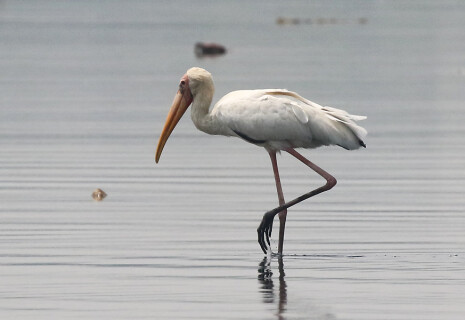
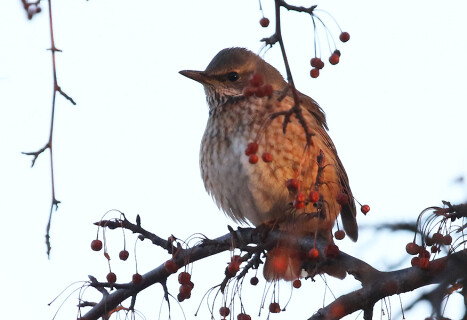




 December 14th, 2021
December 14th, 2021  Nick
Nick 